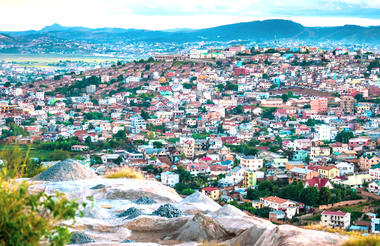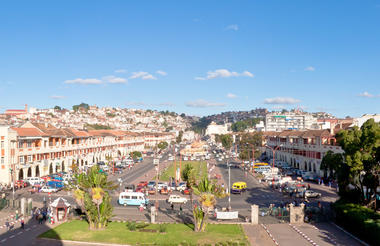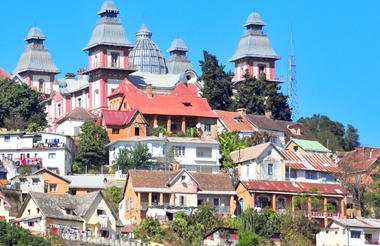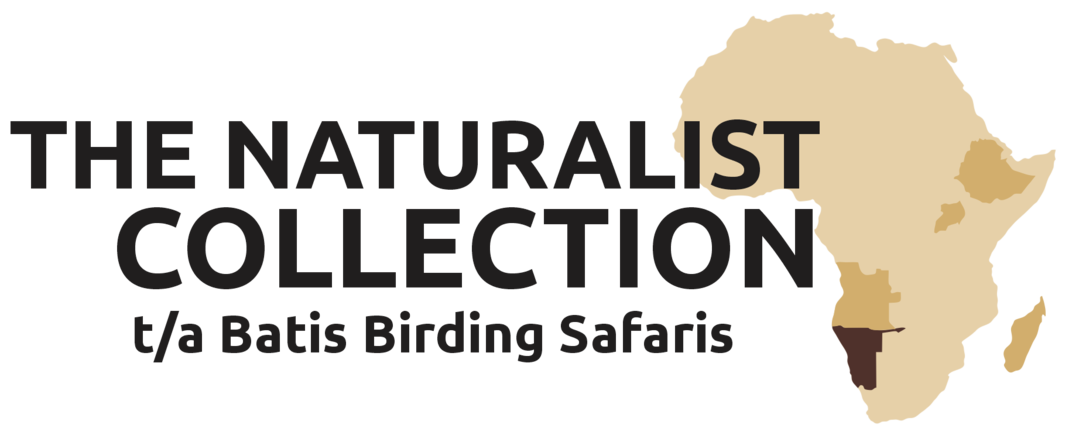Madagascar is the fourth largest island in the world. Evolution has occurred more or less in isolation on this remote island – located 400 kilometres off Africa’s east coast – with the result that much of its indigenous wildlife is found nowhere else on earth, making Madagascar one of the most important treasure troves of biodiversity on the planet. Madagascar’s menagerie of weird and wonderful creatures includes the world’s biggest and smallest chameleons and over 70 species of lemur – long-tailed primates endemic to the island. The Madagascan landscape is no less compelling than the resident wildlife, with terrain ranging from lush jungles and palm-fringed beaches to the knife-edged karst tsingys of the Tsingy de Bemaraha National Park’s ‘stone forests’. Madagascar is an otherworldly paradise where visitors are offered a unique glimpse into a fantastical one-of-a-kind world.
Madagascar’s capital, Antananarivo, is known fondly as Tana and crowns a majestic mountain range at around 1400 metres above sea level. The city boasts a rich historical heritage that is complemented by scenic landscapes and a large network of sublime hiking routes. From here, it is possible to explore several nature reserves (don’t miss Tsingy de Bemaraha National Park, which contains incredible limestone karsts). Known for its vibrant nightlife, Antananarivo features exciting local live music at a variety of clubs and bars. History and architecture enthusiasts have plenty to see - from the remnants of the French colonial era in the old heart of the city to ancient Malagasy palaces and forts. Other bucket-list items include the fascinating Musée de la Photo; the popular Parc de Tsarasaotra (an excellent bird sanctuary), and the vibrant Analakely Market.
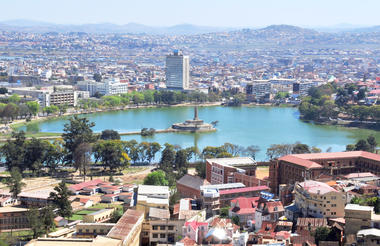
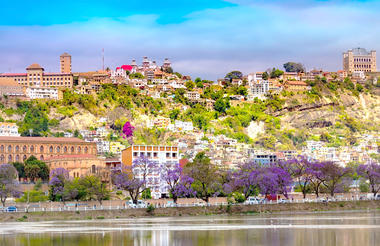
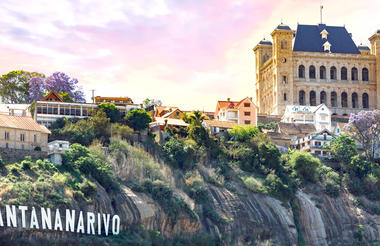
The Anjozorobe-Angavo Forest Corridor represents one of the last vestiges of rainforest remaining in the central plateau. It covers 52,200ha and stretches for over 80km.
The forest lies on metamorphic rock, and the terrain is mountainous and deeply dissected, with steep eroded slopes. The Mananara river, a tributary of the Betsiboka, flows across the western part of the site, which is also crossed by other rivers such as the Sahavila. The main vegetation is mid-altitude, dense, humid evergreen forest.
It is home to 80 species of birds, 50 of which are endemic to Madagascar. Bird species include Pitta-like Ground-roller, Short-legged Ground-roller, Rufous-headed Ground-roller, Madagascar Wood-rail, Madagascar Crested Ibis, Meller’s Duck, Madagascar Snipe, Slender-billed Flufftail, Red-breasted Coua, Blue Coua, Red-fronted Coua, Grey Emu-tail, Brown Emu-tail, Madagascar Yellow-brow, Madagascar Blue Pigeon, Brown Mesite, Velvet Asity, Yellow-bellied Sunbird-Asity, Common Sunbird-Asity, Dark Newtonia, Crossley’s Vanga, Ward’s Flycatcher, Green Jery, White-throated Oxylabes, Spectacled Tetraca, Grey-crowned Tetraka, Cryptic Warbler, Rand’s Warbler, Forest Rock-thrush, Forest Fody Madagascar Kingfisher and Nelicourvi Weaver.
The forest is especially rewarding for night walks with many reptile and mammal species present. It is home to 11 species of lemurs, 25 species of small mammals and 550 species of plants including 75 species of orchids.
Key mammals include Indri, Diademed Sifaka, Grey Bamboo Lemur, Eastern Woolly Lemur, Goodman’s Mouse Lemur and a locally endemic rodent, the eastern Vaolavo.
Exciting reptiles to look out for include Nose-horned and Globe-horned Chameleon, Mossy and Satanic leaf-tailed gecko and Boulenger’s forest snake.
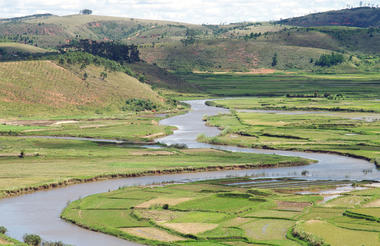
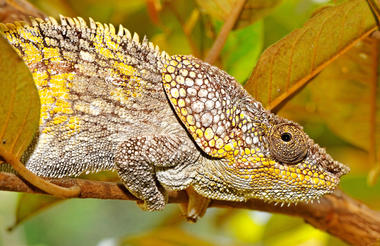
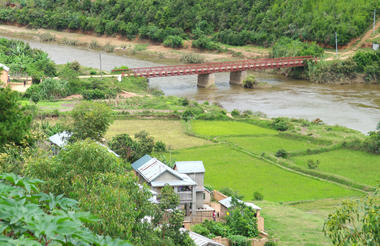
As previously described
